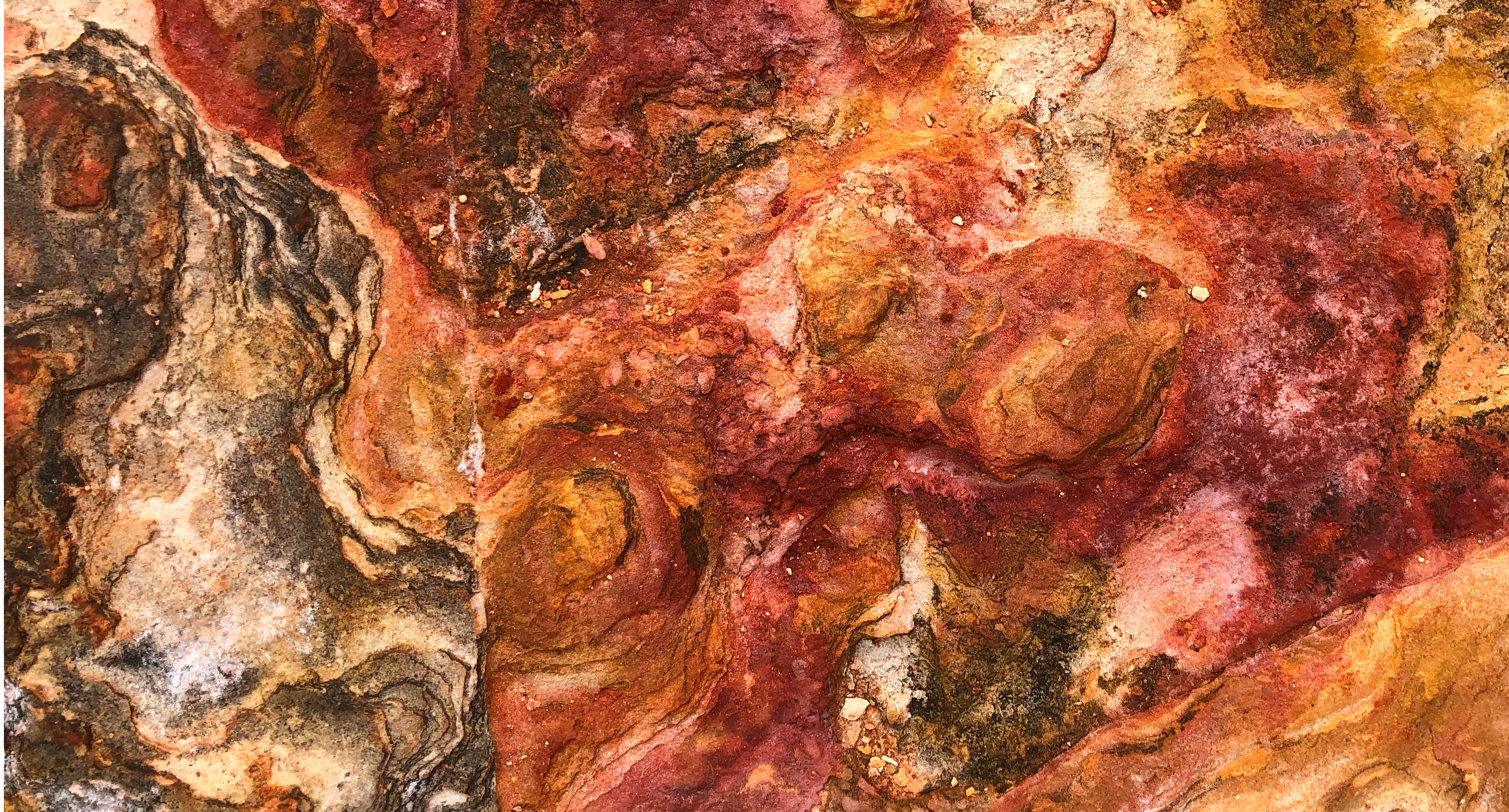
Unveiling the Untold Story: Resilience in Melbourns's colonial era
As a part of my Graduate Certificate in Aboriginal Studies, I journeyed through time to uncover the vibrant history and enduring struggles of the Wurundjeri Woi-wurrung peoples - the original custodians of Naarm/Melbourne. As we delve into their rich heritage, we'll explore the resilience, cultural revival, and contemporary initiatives driving recognition and reconciliation.
The following is an excerpt of an academic submission completed during the Graduate Certificate of Aboriginal Studies, Notre Dame University, 2023.
A Spiritual Bond with the Land
At the heart of the Wurundjeri Woi-wurrung culture lies a profound connection to their ancestral creator, Bunjil, the majestic wedge-tail eagle spirit. Bunjil's creation of the Kulin people, the land, and the Birrarung (Yarra River) forms the cornerstone of the Dreaming songline. Their ancestral knowledge, steeped in traditions like seasonal eel hunting and trapping, predates colonisation, defying attempts to erase their legacy from history.
Navigating Modern Melbourne
Modern-day Melbourne stands as the traditional meeting ground for five language groups of the Kulin Nation, yet the displacement of the Wurundjeri and Boonwurrung peoples often fades into the background of the city's vibrant landscape. Despite this, their enduring presence resonates in every corner, a testament to their resilience amidst adversity.
Tracing Back to the Past
The early years of British colonisation saw failed settlement attempts and tragic massacres, leaving a haunting legacy of violence and displacement. The controversial "treaty" signed by John Batman in 1835, tainted by his involvement in the killings of Tasmanian Aboriginal people, underscored the injustices faced by the indigenous peoples.
Navigating the Protection Era
The establishment of an Aboriginal Protectorate aimed to "civilise" Aboriginal residents, yet it often fell short of its promises. The Gold Rush of 1851 brought a wave of non-Aboriginal settlers, leading to a drastic decline in the indigenous population. Despite these challenges, the establishment of Coranderrk in Melbourne's north-east marked a radical move towards reclaiming land and autonomy.
Resilience in the Face of Adversity
The Stolen Generation, the 'Half-caste' Act, and subsequent assimilation policies sought to erode Aboriginal identity, yet voices like William Cooper's rose in defiance. The 1967 Referendum signaled a turning point, empowering Aboriginal people and amplifying their calls for justice and recognition.
Honouring the Heroes
Throughout history, courageous leaders like Jaga Jaga, Derrimut, Simon Wonga, and William Barak fought tirelessly for their people's rights and autonomy. Their legacies echo through time, inspiring generations to continue the struggle for justice and equality.
Recognition and Reconcilliation
Despite the traumatic past, the Kulin Nations are experiencing a remarkable revival, with initiatives like the Tanderrum ritual and the Koorie Heritage Trail fostering greater understanding and appreciation of Koorie peoples, culture, and history in present-day Melbourne.
As we reflect on the journey of the Wurundjeri Woi-wurrung people, let us honour their resilience, celebrate their triumphs, and stand in solidarity as they continue to pave the way towards a future of reconciliation and unity.
Further Resources
- 1
- 2
- 3
- 4
- 5
- 6
- 7
- 8
- 9
Up Next
Continue exploring with these related articles

Exploring the Heart of Australia: Insights from Bardi Jawi Country
Embark on a transformative journey through the Kimberley Region of Western Australia, where I delved into the intricate tapestry of Australia's colonial past and its enduring impact on the First Nations peoples.

The power of co-design: Embracing first nations culture in placemaking
How might co-design methodologies facilitate better cross-cultural relationships and outcomes on placemaking and built environment projects?

Understanding first nations Relationships to Country, Culture and Law
Aboriginal and Torres Strait Islander peoples have deep-rooted connections to their land, culture and legal traditions. These connections, shaped by centuries of heritage, spirituality and resilience, are fundamental to understanding the complex tapestry of Indigenous Australia.